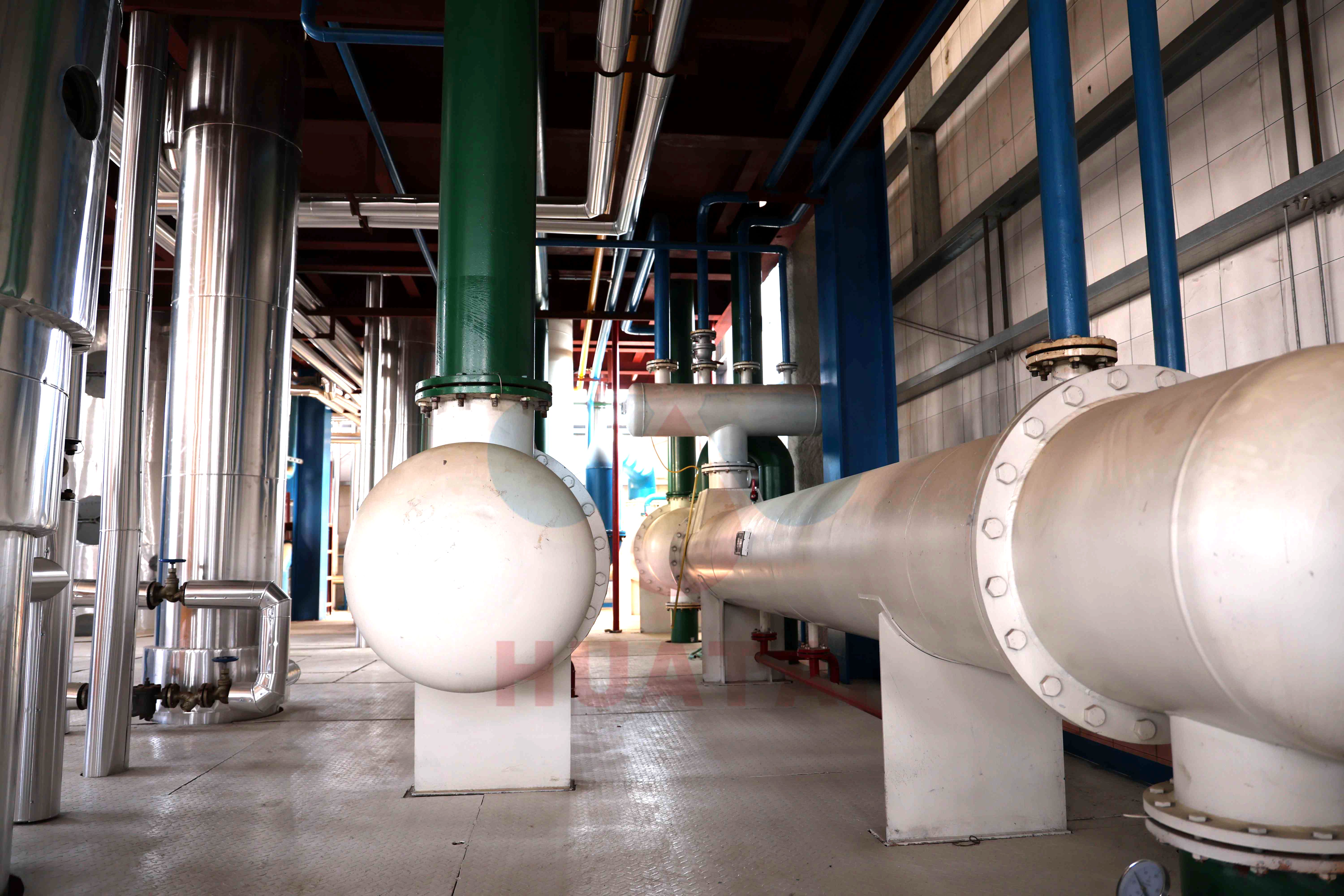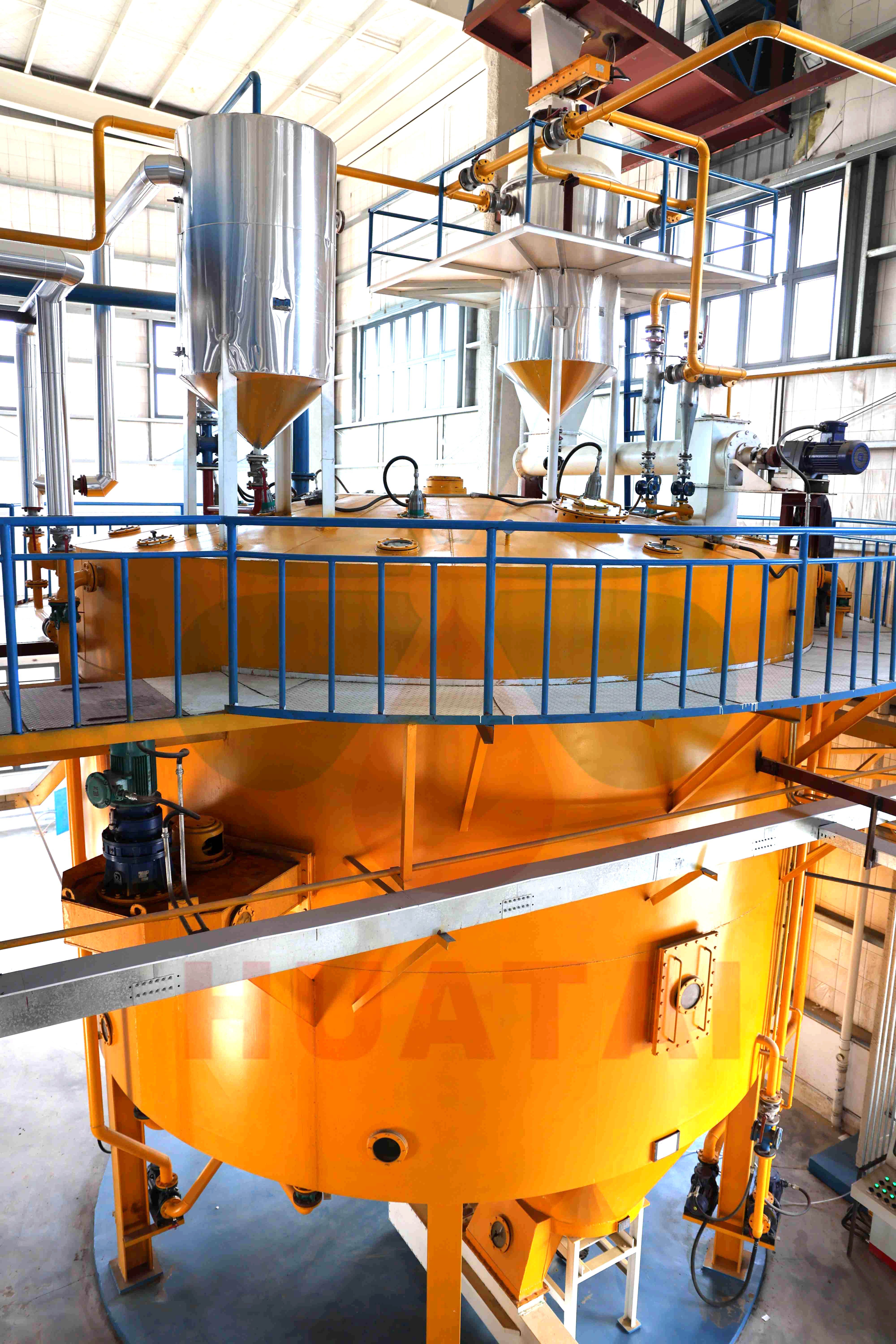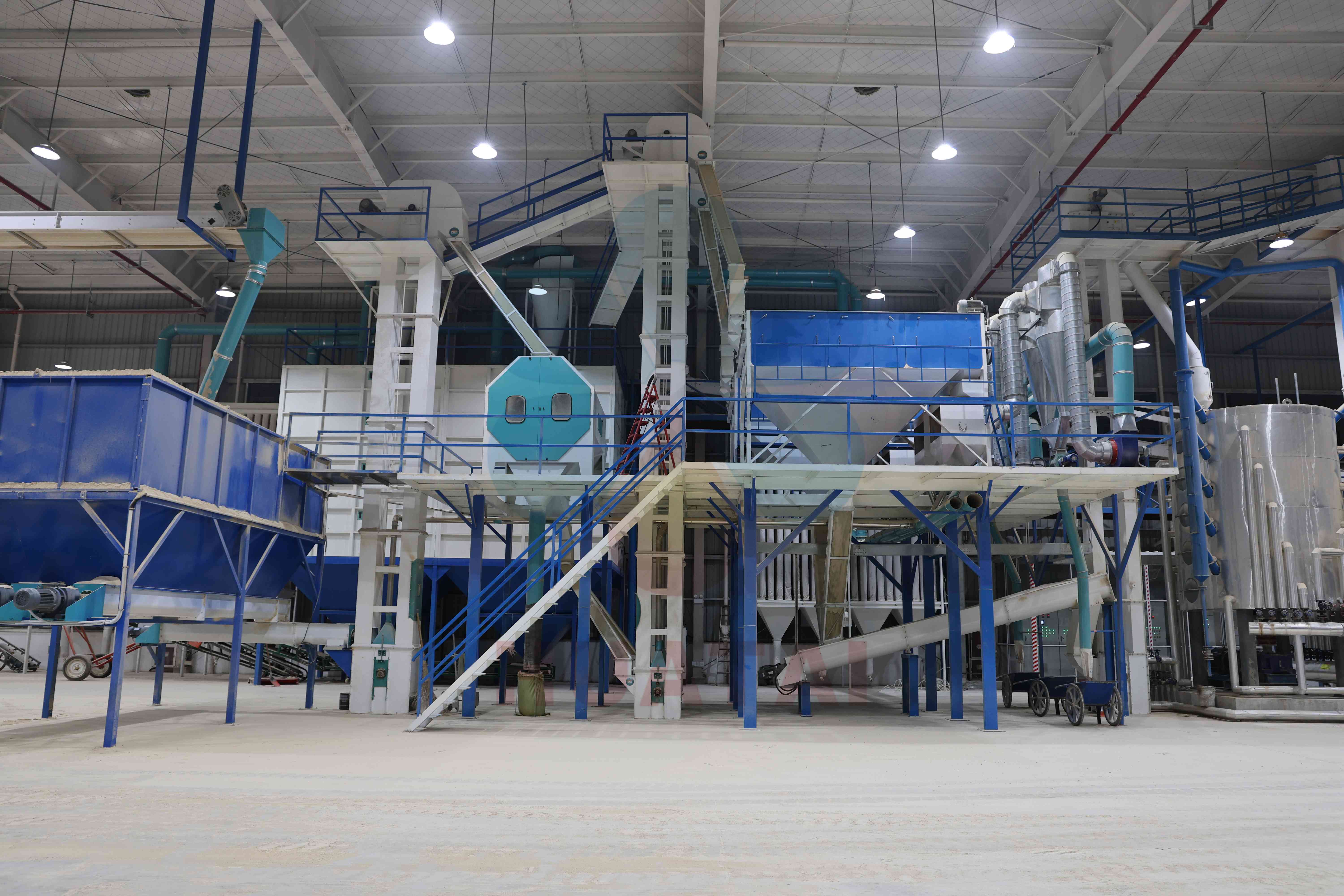Rice bran, a major by-product of rice processing, contains 15-20% high-quality oil rich in unsaturated fatty acids and vitamin E, offering considerable economic and nutritional value. However, its physical characteristics and tendency to rancidity pose significant challenges for oil extraction. Traditional pressing methods yield low oil recovery, require intensive labor, and cause frequent equipment blockages. While solvent extraction mitigates some issues, the fine powder density and compact cellular organization of rice bran severely restrict solvent permeability. Thus, pretreatment is necessary to alter its structural properties. Extrusion pretreatment, which transforms material structure and deactivates lipase, is now extensively employed in rice bran oil production.

The extrusion process integrates mechanical compression, high-temperature treatment, and instantaneous pressure release. As rice bran moves through the extruder, it experiences high pressure, temperature, and shear forces, triggering rapid physicochemical changes. These conditions disrupt the cell walls, dismantling the tightly packed cellular matrix and liberating oil from intracellular bodies. This structural alteration generates a network of micro-channels within the material. Studies report that well-processed rice bran can exhibit a 40-60% increase in internal porosity, producing a distinct honeycomb or sponge-like structure ideal for solvent infusion and miscella flow during extraction.
A key effect of extrusion is starch gelatinization. With starch comprising 25-35% of rice bran, the high heat and pressure induce gelatinization, ideally controlled between 70-85%. This gelatinization acts as a natural binder, coalescing fine particles into larger aggregates with improved structural integrity, thereby reducing dusting and preventing excessive breakdown during handling and extraction. Over-gelatinization, however, can cause charring, reduce porosity, and impair oil quality. The optimal balance ensures the processed material possesses both the mechanical strength to maintain open channels and sufficient porosity to facilitate mass transfer, directly tackling the issue of fine powders hindering extraction.

Moreover, extrusion induces advantageous biochemical changes, most notably the inactivation of lipases. Fresh rice bran contains highly active lipase enzymes that rapidly hydrolyze triglycerides, raising free fatty acid levels and accelerating rancidity. The high-temperature and high-pressure environment of extrusion denatures these enzymes; maintaining a temperature above 110°C for 30-60 seconds reduces lipase activity by over 90%. This deactivation extends the material's storage stability and provides a critical window for processing, preventing oil quality degradation and reducing losses in later refining stages.
In summary, extrusion pretreatment enhances oil yield and efficiency by fundamentally restructuring the material, inactivating enzymes, and expanding the surface area for solvent interaction. It is a vital preparatory step in industrial rice bran oil production.

Huatai's adoption of this extrusion technology focuses on maximizing extraction efficiency, increasing oil output, and improving product quality. This approach offers substantial advantages for downstream processing, helping producers achieve superior operational performance and secure a stronger position in the competitive edible oil market.
Huatai Oil Machinery provides good quality oil mill plant, time & fast delivery, perfect after-sale services, and reasonable price, contact us!
Website: https://www.huataioilmachine.com/Copyright @ Henan Huatai Cereals And Oils Machinery Co.,Ltd.